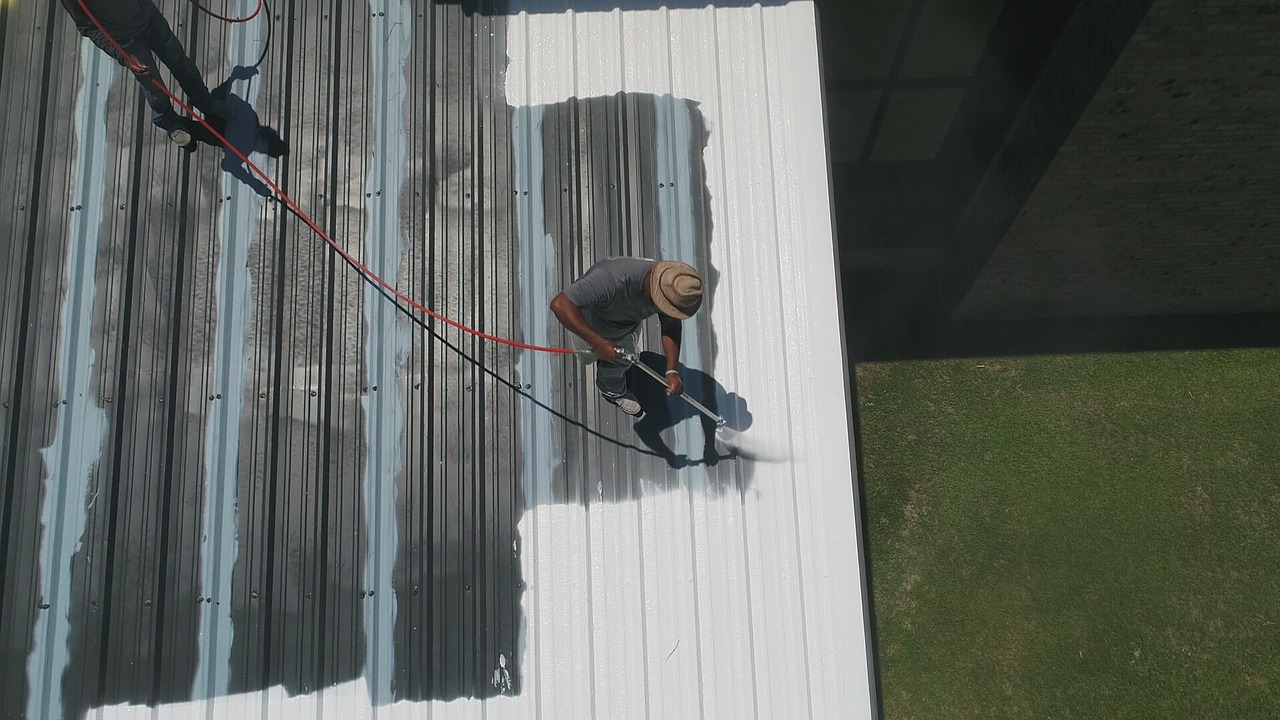With all the indoor and outdoor activities, kids, pets and so many people going through your house, it’s not easy to keep your carpets clean. You keep your shoes on, or often let your guests do it, your kids play and make a mess, your pet shed and make a general mess, and your carpet gets the short end.
If you don’t maintain it regularly, the damage is often irreversible.
That’s why it’s important to follow a few steps in order to keep your carpet in good condition for as long as possible.
Of course, having someone to keep your house clean is always the simplest option, and regular deep cleaning is indispensable, but there is still a lot you can do in meantime to keep your carpet clean and fluffy. Here’s what experts at Deluxe Maid had to say about this topic.
No Shoes :
This can seem like a nuisance at the beginning, both for your family who lives there, and for the guests who come to visit, but your carpet will be very grateful.
It’s already normal and accepted in many houses, but there are still people who find it awkward to ask their guests to take off their shoes. Well, you shouldn’t feel awkward.
Provide enough comfortable, clean slippers for everyone and they should have no complaints.
With their shoes off, they can feel more relaxed and at home, while your carpet is spared all the dirt, mud, germs, dust and other “presents” the guests usually bring on the soles of their shoes.
Your carpet will retain its color for a long time and won’t become all faded and shabby so fast, thus its cleaning and maintenance won’t require so much time and effort.
Vacuum More Often :
Vacuum your carpet whenever you catch a moment.
It would be perfect if you had one smaller, more convenient hand vacuum cleaner which you could use more often, especially, but not only in emergency cases of spilling something.
It’s important not to let the dirt grind into the carpet, as it becomes close to impossible to completely clean it.
So it’s much better and efficient to vacuum often, even just superficially, and have the deep, detailed vacuuming whenever it’s possible, that’s the way the cleaners Indianapolis residents trust the most do it.
Again, it will mean less time and effort, and your carpet will look decent for a longer time.
Clean the Spills Immediately :
Regardless if it’s something liquid and sticky that requires rubbing, or some particles that require vacuuming, do not postpone at any cost.
If you leave it unattended, there are great chances that you or someone else will step in it, spread it, grind it into the carpet, and simply make it worse.
You might forget about it, and if it’s a stain, it will dry and merge with your carpet pattern. And you don’t want that.
What’s worse, if you let it happen once, you will easily do the same again, and that’s where the real problem starts.
It will gradually destroy your carpet without you even noticing it. So don’t postpone the cleaning, take care of those spills immediately, or you will regret later.
Get Some Mats :
Your carpet should not be a mat, that’s why it’s important to ask your guests to take off their shoes, as already mentioned.
But if you really don’t want to do it, at least make sure you have proper doormats at the entrance to your house or apartment.
That should at least reduce and mitigate the dirt spreading and the overall damage. You should have good doormats if there’s the “no shoes” rule in your house, as you probably have a carpet in the corridor as well, and your living room carpet isn’t the only one which needs to be kept clean and in good condition.
Read Also :





















